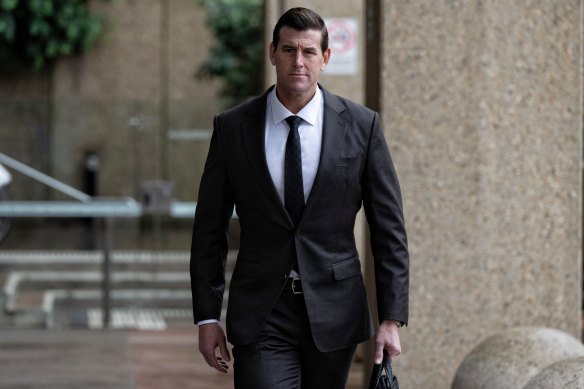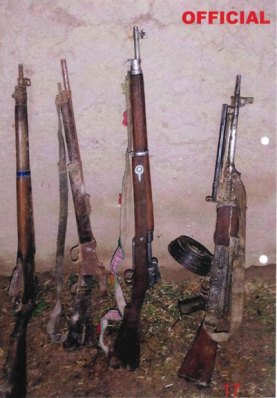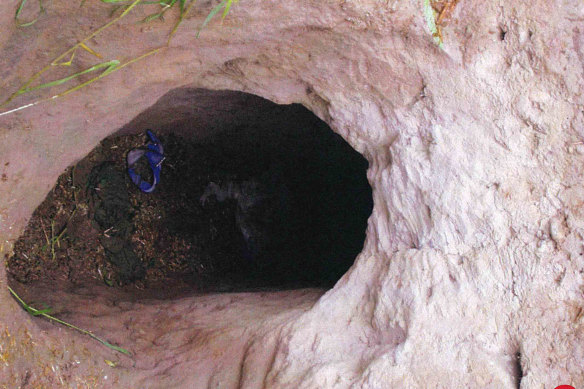This was published 9 months ago
‘No evidence’ slain Afghan men were armed, Roberts-Smith appeal told
There was “no evidence” that two Afghan men allegedly murdered by or at the direction of Ben Roberts-Smith were armed at the time of their death, the barrister acting for the newspapers at the centre of the former elite soldier’s high-stakes defamation appeal has said.
Roberts-Smith is seeking to overturn a landmark decision by Federal Court Justice Anthony Besanko last year which dismissed his multimillion-dollar defamation case against The Age and The Sydney Morning Herald and found he was complicit in the murder of four unarmed Afghan prisoners.

Ben Roberts-Smith outside the Federal Court in May 2022.Credit: Nick Moir
Besanko found the newspapers had proven to the civil standard – on the balance of probabilities – that Roberts-Smith was involved in the murders while on deployment in Afghanistan between 2009 and 2012. This is lower than the criminal standard of beyond reasonable doubt.
The former Special Air Service corporal’s legal team, led by high-profile silk Bret Walker, SC, has argued Besanko did not have sufficiently cogent evidence before him to justify making such grave findings against their client when he was entitled to the presumption of innocence.
But Nicholas Owens, SC, acting for the newspapers, has urged the Full Court of the Federal Court not to overturn Besanko’s decision. In submissions on Monday, Owens focused on the evidence marshalled by the newspapers in relation to two of the alleged murders, which were said to have occurred on Easter Sunday 2009 during a mission to a compound dubbed Whiskey 108.

A photo tendered in evidence in Ben Roberts-Smith’s defamation case showing a series of guns, including a machine-gun on the far right and a rifle on the far left that the former soldier alleged were carried by two Afghan men killed by Australian forces.Credit: Federal Court of Australia
There is no dispute the two Afghan men were killed during this mission, but Roberts-Smith gave evidence during the trial that they were enemy combatants killed lawfully in action by him and a second soldier. Roberts-Smith told the court the two men were armed with a machine-gun and a rifle respectively, which were shown in a photo tendered in court.
But a serving SAS soldier dubbed Person 18, who was called by the newspapers to give evidence at the trial, told the court that he found those specific guns among a weapons cache in a hay store at Whiskey 108. Besanko accepted Person 18’s account on this point and rejected Roberts-Smith’s evidence.
The newspapers alleged the two Afghan men killed emerged unarmed from a tunnel at Whiskey 108 and were taken prisoner before they were executed by Roberts-Smith and a “rookie” soldier acting on his instruction. The mastheads called seven current and former SAS soldiers to give evidence in support of that account. But Roberts-Smith and four of his SAS comrades told the court there were no men in the tunnel.
Owens told the appeal court on Monday that a “sensitive site exploitation” or SSE report from the mission “attribute[d] items to people who are either taken prisoner or killed”, and there were “no items attributed to” the two Afghan men killed.
“There is no evidence that they were armed [or] that they were carrying any sort of military equipment that would identify them as demonstrating hostile intent, leading to it being lawful to kill them,” Owens told the three-judge bench.
“So, we think it is either uncontroversial or, if it is not uncontroversial, it is a fact that your honours should ... find is clearly more likely than not that these two men weren’t armed.”
This was an important fact when looking at “the whole picture”, Owens said.
He said Besanko had accepted that the newspapers’ witnesses presented a “coherent and plausible account” of the mission, notwithstanding any inconsistencies, and he had noted the “chaotic nature of the scene” that day.
But Walker said during his submissions last week that a patrol debrief, a written record of the mission, differed from the account offered by military witnesses called by the newspapers. He said Besanko was required to explain why he had determined that the alleged murders happened when the written record did not support their account.

Photo of the tunnel at Whiskey 108, tendered in the case.
Owens said the Roberts-Smith appeal was a “particularly powerful case to demonstrate the proposition … that trial judges have an advantage not just of seeing witnesses but in seeing the evidence unfold” over time, in this case over 100 days.
The appeal is slated to run for 10 days and does not involve hearing from witnesses afresh.
Start the day with a summary of the day’s most important and interesting stories, analysis and insights. Sign up for our Morning Edition newsletter.